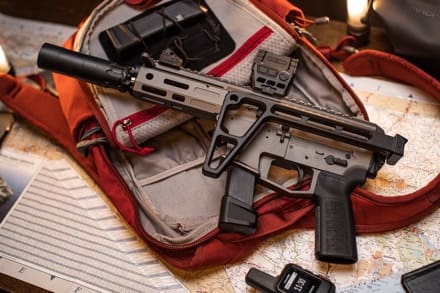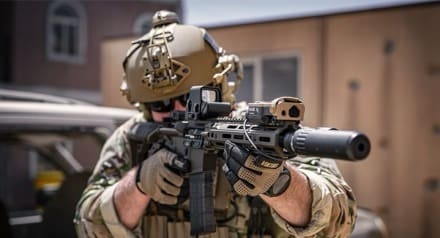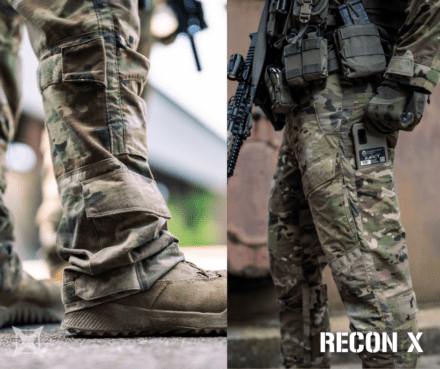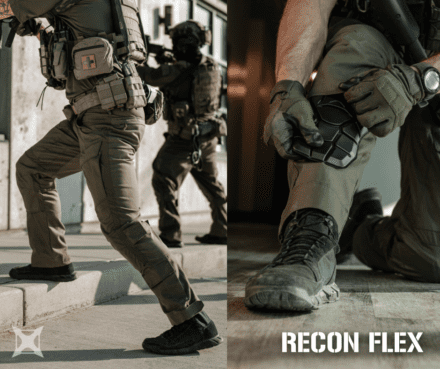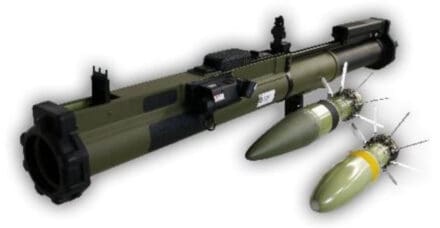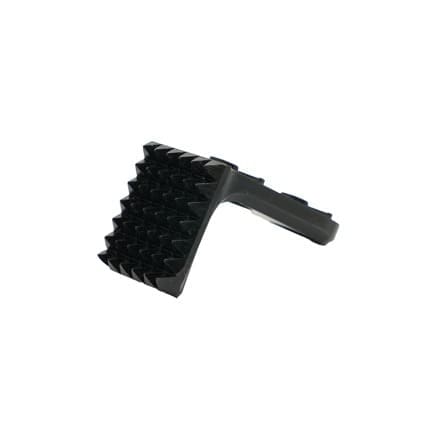
WASHINGTON, D.C. — GM Defense, a subsidiary of General Motors, and Mistral Inc., a provider of high-performance, reliable and innovative solutions to U.S. defense and federal agencies, announced the integration of the innovative UVision and Mistral’s Hero-120 loitering munition with GM Defense’s light tactical utility vehicle. Combining GM Defense’s expertise in military mobility with Mistral and UVision’s loitering munition technology enables the companies to support the tactical needs of a modernized force.
The GM Defense utility concept vehicle is based on the Chevrolet Colorado ZR2. The utility vehicle features a high percentage of commercial off the shelf parts, including Chevrolet Performance components to enhance off-road capabilities, and offers different seating configurations to meet customer requirements. The utility solution is designed with a cargo bed in the rear of the vehicle, ideal for housing Mistral’s and UVision’s Hero-120 solution, or to support command and control, electronic warfare, counter-unmanned aircraft systems, reconnaissance and logistics.
The Hero-120 is designed for engaging enemy combatants without exposing Soldiers to direct enemy fire. This loitering munition system is versatile in targeting, capable of engaging a variety of targets, including armored vehicles, enemy troops, field fortifications and urban structures. Its precision strike capability is specifically designed to maximize effectiveness while minimizing collateral damage.
“We’re seeing an increased need for light tactical wheeled vehicles that deliver agility, speed and lethality,” said John “JD” Johnson, vice president of Business Development for GM Defense. “Our collaboration with Mistral demonstrates the versatility of our utility concept vehicle and its ability to enhance the tactical capabilities of warfighters. With initial demonstrations successfully completed, we will continue to look for opportunities to showcase the value these integrated technologies deliver to defense customers.”
“This integration sets a new standard in military technology, providing the U.S. Army and allied forces with an unparalleled combination of mobility, precision and adaptability,” said Yoav Banai, vice president, Mistral. “Our collaboration with GM Defense reflects our combined commitment to advancing military capabilities and to evolving battlefield challenges.”
Key features:
• Maintainability: The utility vehicle is built for sustained operations in austere environments with a high percentage of commercial parts that may be obtained through GM’s existing global supply chain.
• Customization with Modular Kits: GM Defense offers diverse kits to enhance the concept vehicle’s capabilities, making it adaptable to meet a broad range of general purpose and special operations forces requirements.
• Multi-Canister Launcher – Expeditionary (MCL-E): The utility vehicle can house the Hero-120 MCL-E, enabling the operator to launch multiple munitions quickly and effectively.
• Enhanced Lethality: The integration of the MCL-E on the utility vehicle provides unmatched lethality for both mounted and dismounted Soldiers, enhancing their operational scope and effectiveness in diverse combat scenarios.



